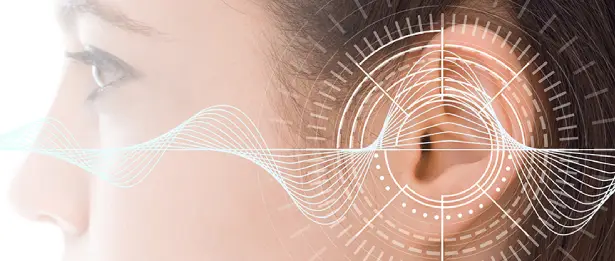Audiological and Vestibular Tests

Audiological and vestibular tests are various tests used to evaluate the hearing and balance systems. These tests are performed by audiologists or otoneurologists and provide important information for diagnosing and managing hearing loss, balance problems, and related health conditions. In this way, it ensures that patients' hearing and balance problems are diagnosed correctly and appropriate treatment plans are created.
Audiological & Vestibular Tests at Liv Hospital
Liv Hospital is a health institution where audiological and vestibular tests are performed. These tests, administered by experienced audiologists and otoneurologists, provide an accurate assessment of hearing loss, balance problems and related health conditions. In addition to audiological tests such as hearing tests, timbre tests, otoacoustic emission tests, a detailed examination of the patients' ear and balance systems is performed using various tests, including vestibular tests. Liv Hospital creates personalized treatment plans for patients using modern medical technology and aims to effectively manage audiological and vestibular problems.
Some of the tests performed in our hospital are:
Pure Tone Audiometry
It is the standard method of hearing tests that subjectively determines the hearing threshold by giving pure tone at different frequencies. It is the most commonly performed ear test. It determines the minimum sound intensity (hearing threshold) that both ears can hear at different frequencies (250-8000 Hz). The patient is seated in a soundproof cabin. Sound is fed into the patient's ear through a headset. When the patient hears the sound, he gives a signal by pressing the button in his hand. Thus, the sound level heard is determined. In this measurement, air and bone conduction hearing levels are determined.
Speech Audiometry
Audiometric evaluation using the human voice as a stimulus is called speech audiometry.
Tympanometry
It is a test used to measure the pressure of the middle ear. It is very easy to apply; It can even be done on babies. In order for the measurement to be made, the eardrum must not have a hole. The pressure in the middle ear is measured with a probe inserted into the outer ear canal. As a result, a graph and pressure value are obtained.
ABR (Auditory Brainstem Response)
ABR (auditory brainstem response) is the electroencephalographic measurement of brain waves generated by acoustic stimulation through electrodes placed on the head. ABR measures the function of the auditory nerve and brainstem auditory pathways. It is very valuable in evaluating the hearing of infants and young children who may not cooperate with standard hearing testing. The individual to whom this test is applied must be calm or asleep.
OAE (Otoacoustic Emissions)
Otoacoustic emissions are low-level acoustic signals produced by hair cells in the inner ear. These signals can be measured by a probe placed in the external ear canal. The test should be performed in a quiet environment and the patient is calm. It is an objective test. It is important for early diagnosis of hearing loss, especially in babies. Therefore, it is used for newborn hearing screening testing. It is helpful in diagnosing auditory neuropathy along with ABR. Another area of use is functional hearing loss.
Electrocochleography (ECoG)
Electrocochleography is performed by measuring the electrical activity created by auditory stimuli in the inner ear through an electrode placed on the promontorium or membrane. It is an objective test. The test must be done in a quiet environment. It provides valuable information in detecting hearing loss and diagnosing Meniere's disease.
VEMP (Vestibular Evoked Myogenic Potentials)
VEMP is the measurement of the involuntary response created by the sound stimulus in the SCM muscle. It is a test that measures saccule and inferior vestibular nerve function. It is helpful in the diagnosis of Meniere's disease, superior semicircular canal dehiscence syndrome and multiple sclerosis.
VNG (Videonystagmography)
VNG test is a test that records and evaluates movements in the eyes as a result of visual stimuli or position changes. It is applied by wearing glasses equipped with an infrared camera. It provides useful information in evaluating the balance-related function of the inner ear. It is used in the differential diagnosis of Meniere's disease, benign paroxysmal positional vertigo (BPPV) and central nervous system-related dizziness.
Dynamic Posturography
Dynamic posturography is a test that can examine three systems that provide balance (inner ear, vision and deep sense) separately and determine which system causes the balance problem. The evaluation is made by measuring the degree of body sway in 6 different situations while the patient tries to stand still on a pressure-sensitive platform. It is also possible to do balance exercises on the device.